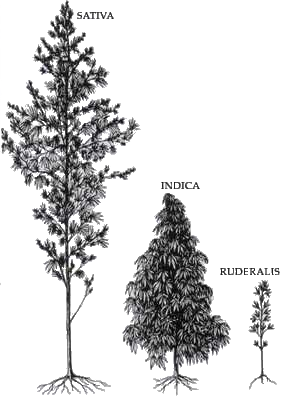
Hemp (from Old Englishhænep) is the name of the soft, durable fiber that is cultivated from plants of the Cannabisgenus. The Cannabis Sativa is the one used for fiber in commericial fiber.
Hemp has been grown for millennia in Asia and the Middle East for its fibre. Commercial production of hemp in the West took off in the eighteenth century, but was grown in the sixteenth century in eastern England. Because of colonial and naval expansion of the era, economies needed large quantities of hemp for rope and oakum( a preparation of tarred fibre used in shipbuilding). Other important producing countries were China, North Korea, Hungary, the former Yugoslavia, Romania, Poland, France and Italy.
In Western Europe, nobody banned the cultivation of hemp in the 1930s but the commercial cultivation ceased almost anyhow in the decades after the 1930s. Hemp was simply ousted by artificial fibres.
From the 1950s to the 1980s, the Soviet Union was the world’s largest producer (3,000 km² in 1970). Since its inception in 1931, the Hemp Breeding Department at the Institute of Bast Crops in Hlukhiv (Glukhov), Ukraine, has been one of the world’s largest centers for developing new hemp varieties, focusing on improving fiber quality, per-hectare yields.
In Japan, hemp was historically used as paper and a fiber crop. There is archaeological evidence cannabis was used for clothing and the seeds were eaten in Japan back to the Jōmon period (10,000 to 300 BCE). Many Kimono designs portray hemp, or asa (Japanese: 麻), as a beautiful plant. In 1948, marijuana was restricted as a narcotic drug. The ban on marijuana imposed by the United States authorities was alien to Japanese culture, as the drug had never been widely used in Japan before. Though these laws against marijuana are some of the world’s strictest, allowing five years imprisonment for possession of the drug, they exempt hemp growers, whose crop is used to make robes for Buddhist monks and loincloths for sumo wrestlers. Because marijuana use in Japan has doubled in the past decade, these “loopholes” have recently been called into question.
In modern times, hemp has been used for industrial purposes including paper, textiles, biodegradable plastics, construction, health food and fuel with modest commercial success.
The fiber is the most valuable parts of the hemp plant. It is commonly called bast, which refers to the fibers that grow on the outside of the woody interior of the plant’s stalk, and under the outer most part (the bark). Bast fibers give the plants strength. Hemp fibers can be between approximately 0.91 m (3 ft) and 4.6 m (15 ft) long, running the length of the plant. Depending on the processing used to remove the fiber from the stem, the hemp may naturally be creamy white, brown, gray, black or green.
Here is my raw hemp fiber. It does feel a bit scratchy ,but not too bad. Definitely doesn’t have the softness of wool or cotton. I have felt linen and it has some of the same handle but coarser.
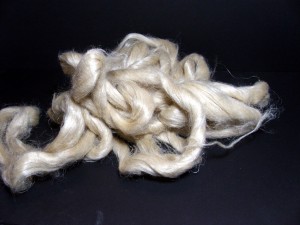
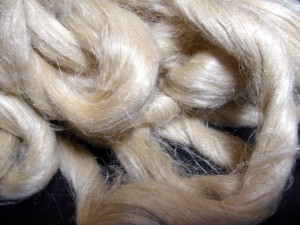
Remember to opt-in for the newsletter for store and farm updates. The newsletter also gives access to the Llama to Scarf/ Shawl video series.Next guess the butterfly contest will be the first week of May.
Here are few gratitious yummy fiber pics from the store.
Tags: animal rescue, animals rescue maine, fiber animal products, fiber processing, raising fiber animals, roving wool, sheep wool processing, spinning fiber roving, vegan spinning fiber, vegan spinning wool, vegetarian spinning fibers, wool for spinning, wool for spinning for sale, wool for spinning yarn, wool processing
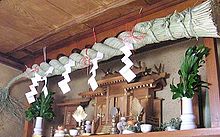
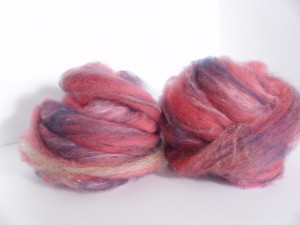
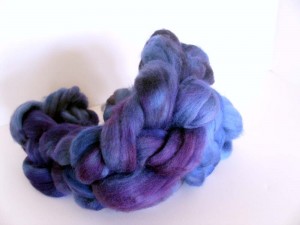










[…] By Craig Leave a Commenthemp fiber history , my hemp fiber, store updates.See the original post: Hemp fiber and it's uses | The Fiber of My Being var a2a_config=a2a_config||{};a2a_config.linkname="Hemp fiber and it's uses | The Fiber of My […]
thanks for noticing me and posting my article 🙂
Just swatched with a hemp/cashmere yarn. Interesting fiber and hand.
I bet it does have an interesting hand. 🙂